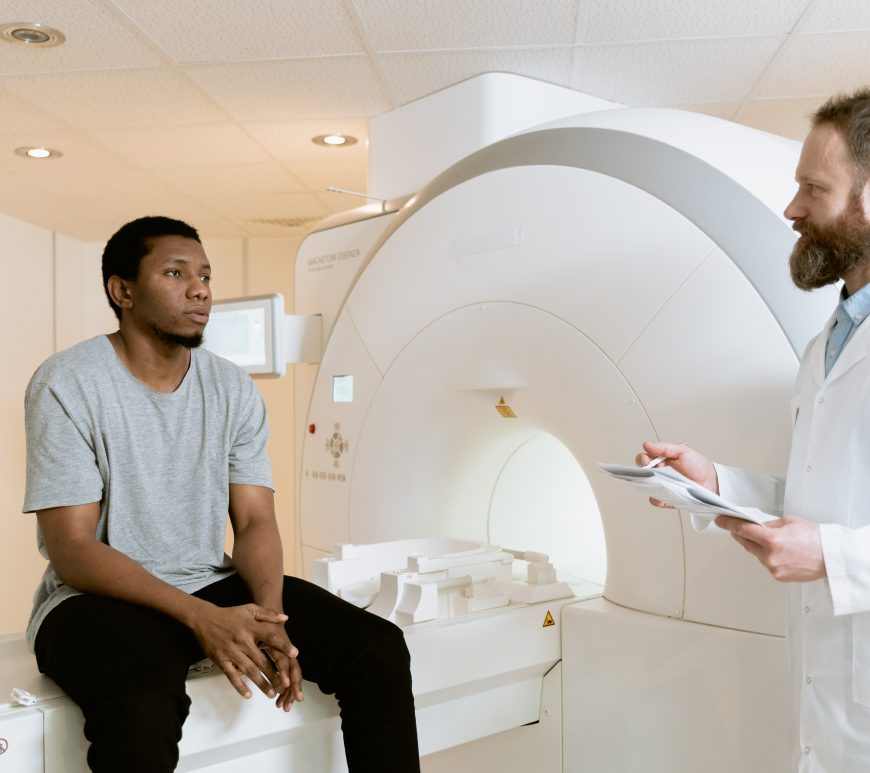
Does preoperative exercise impact recovery after knee arthroplasty?
In 2009 study conducted by Robert Topp and colleagues, the impact of preoperative exercise on knee pain, functional ability, and quadriceps strength in patients with knee osteoarthritis undergoing total knee arthroplasty (TKA) was investigated. This study aimed to assess the effectiveness of a prehabilitation program compared to standard care in enhancing postoperative outcomes. Utilizing a repeated-measures design, the researchers compared two groups across four data … Continue reading Does preoperative exercise impact recovery after knee arthroplasty?


